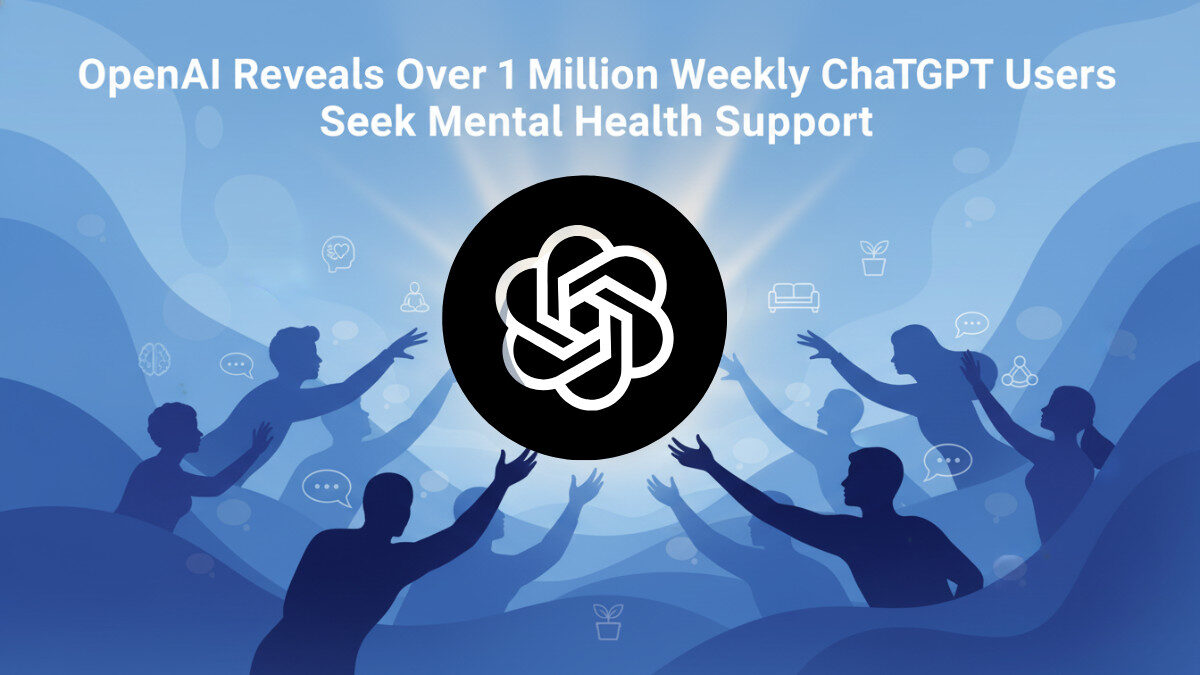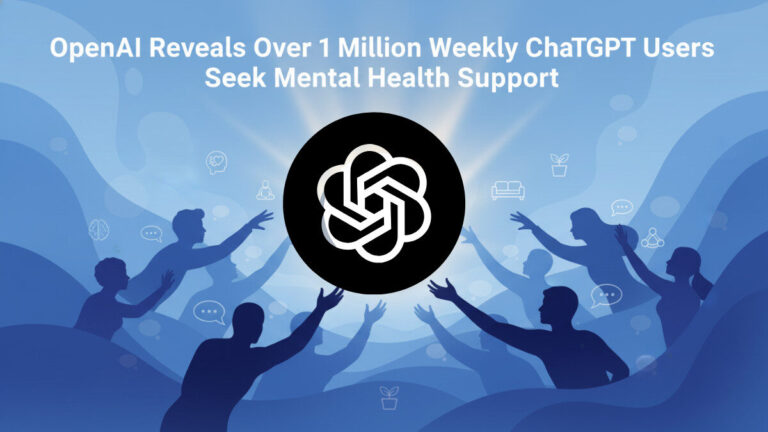OpenAI, the company behind ChatGPT, is reportedly facing delays in launching its first-ever AI-powered hardware device. The delay comes as the team encounters technical challenges that are taking longer than expected to resolve.
The device, which OpenAI is developing in collaboration with former Apple design legend Jony Ive, aims to redefine how people interact with artificial intelligence in their daily lives. However, the ambitious design and integration of advanced AI models have caused unforeseen setbacks.
Sources familiar with the matter suggest that OpenAI is prioritising quality and innovation over rushing the release. The device was initially expected to be unveiled in late 2025, but it may now be postponed to 2026.
The company’s hardware division, supported by major investor SoftBank, is working on creating a new kind of AI interface that blends natural conversation with intuitive design — similar to how the iPhone transformed smartphones.
Despite the delay, OpenAI remains committed to entering the AI hardware market, competing with other tech giants like Anthropic, Google, and Meta, who are also exploring AI-powered gadgets and assistants.
Summary Table
| Aspect | Details |
|---|---|
| Company | OpenAI |
| Project | AI-powered hardware device |
| Partner | Jony Ive (former Apple designer) |
| Investor | SoftBank |
| Original Launch Target | Late 2025 |
| Expected Delay | Postponed to 2026 |
| Reason for Delay | Technical and design challenges |
| Competition | Anthropic, Google, Meta |
| Objective | Create a natural, conversational AI interface |
| Current Status | Under development and testing |
Why It Matters
The delay reflects the growing complexity of building AI devices that combine powerful models like ChatGPT with user-friendly, real-world interfaces. While OpenAI’s software products dominate the AI landscape, entering the hardware market poses new technical, design, and production challenges.
If successful, the device could redefine how humans interact with AI — moving beyond screens and keyboards toward a more natural, voice-driven experience.










